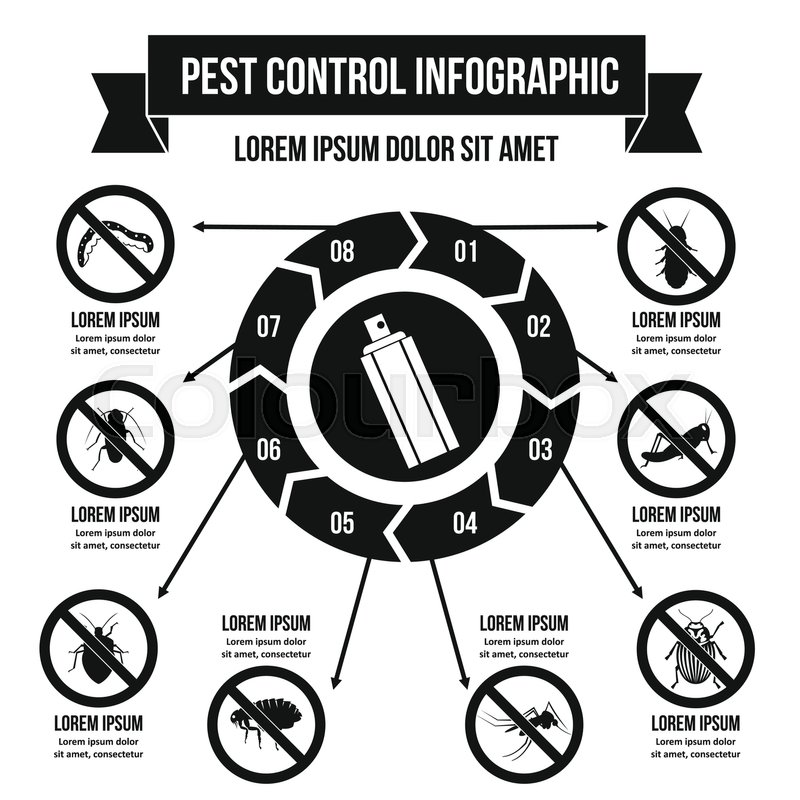Rat Control Comprehending Common Rodent Actions
Rat Control Comprehending Common Rodent Actions
Blog Article
Authored By-TRUE Avery
When it concerns rodent control, understanding typical rodent behavior is vital to properly handling infestations. Did you understand that rodents have some remarkable nesting routines that might shock you? By discovering their intricate behaviors, you can acquire useful insights right into how to tackle rodent issues in a more calculated and effective way. So, let's untangle the mysteries behind these animals' actions and find out just how to outmaneuver them in your rodent control efforts.
Rodent Nesting Habits
When observing rats in their all-natural environment, you'll notice that they actively seek out products to create their nests. Rats, such as computer mice and rats, are clever animals that make use of a variety of products like branches, leaves, paper, and material to build their homes. They're careful in their nest-building procedure, usually lining their nests with softer products like fur or feathers to develop a cozy environment.
Rodents favor to construct their nests in concealed and secure places to secure themselves and their young from predators. Common nesting areas consist of wall dental caries, attics, cellars, and also within insulation products. By constructing their nests in these remote areas, rats can securely raise their offspring away from possible threats.
It is necessary to comprehend the nesting habits of rats when executing control procedures. By disrupting their nests or eliminating materials, you can discourage rats from establishing an existence in your house or building. Proper cleanliness and sealing entrance points are also vital steps in avoiding rodent infestations.
Rodent Feeding Patterns
After observing rodents' nesting practices, it ends up being evident that their feeding patterns play an important duty in their day-to-days live and habits. Rats, consisting of computer mice and rats, are opportunistic feeders, indicating they'll take in whatever food resource is easily offered. They're mainly nighttime creatures, preferring to forage for food during the cover of evening to stay clear of killers.
Rodents have a diverse diet plan, varying from grains, seeds, fruits, and veggies to bugs, nuts, and also little animals. This versatility in their food options allows them to flourish in various settings, including urban areas where human food resources are bountiful.
Their feeding patterns aren't just driven by hunger but also by the need to accumulate food for times of deficiency. simply click the next site is especially recognizable in preparation for winter months or when nesting. Rodents are recognized to hoard food in their nests or burrows, guaranteeing a continuous food supply. Recognizing their feeding patterns is crucial in applying reliable rodent control actions to disrupt their food resources and stop infestations.
Rat Motion and Travel
Rats navigate their environments with dexterity and stealth, utilizing their keen detects to relocate swiftly via their atmospheres. These animals are experienced mountain climbers, able to scale walls and upright surface areas easily. They can also press through remarkably little openings, making it crucial to seal any possible access factors in your home.
When it concerns traveling, rats have a tendency to comply with familiar paths, producing routes along walls or skirting the edges of rooms. They're creatures of habit, frequently sticking to these established courses as they forage for food or discover their environments.
Rats are recognized for their nighttime habits, so you may hear them scooting around during the night as they search for food and water. Their movements fast and irregular, enabling them to dart in and out of view in the blink of an eye.
Understanding how rodents move and take a trip can help you identify possible infestation locations in your home and take aggressive actions to stop these bugs from gaining a foothold.
Final thought
As you function to manage rats in your home, bear in mind that recognizing their habits is essential. By acknowledging their nesting behaviors, feeding patterns, and movement, you can properly avoid problems.
Together, by taking positive steps to remove food resources and seal access factors, you can disrupt their familiar courses and require them to look for brand-new locations, ultimately minimizing the chance of rodent presence in your living spaces.
